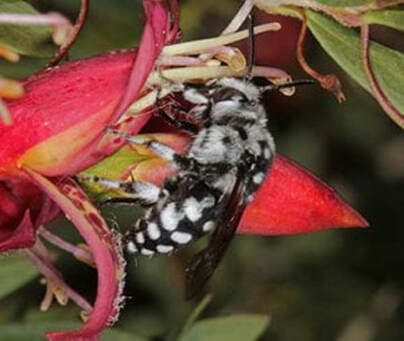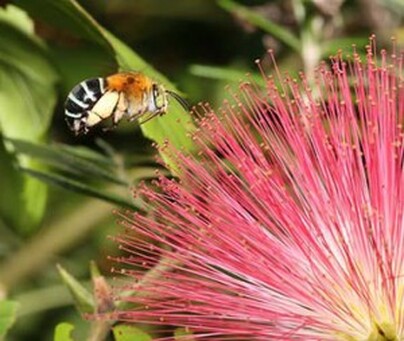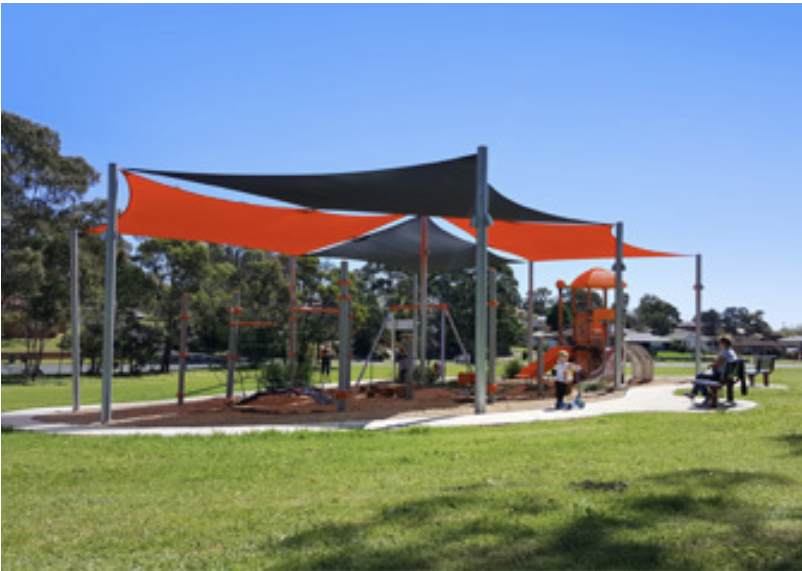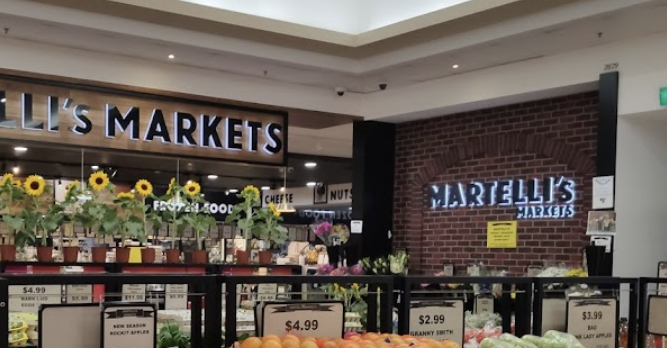Presidents Report

The Rotary Youth Exchange Program (RYEP) has always been a significant Rotary initiative our Club has undertaken, with numerous candidates supported over the years either as Inbound or Outbound students. Tonight, we had the opportunity to see some of these students in action and to be given an update on the District’s RYEP from Winnie. This was a brilliant night, meeting up with a potential outbound candidate Georgia who is seeking sponsorship to undertake this year long experience in 2024. We also viewed a video prepared by Iisa, the Club’s potential Inbound student joining us from Finland in July 2023. Iisa is excited to be embarking on this journey, half way round the world and to place most of her family and friends have yet to venture. The poise, maturity and wisdom Iisa demonstrated bears well for a great adventure, for both her and our Club. So, something very good to look forward to I would suggest. Let’s get behind both her and Georgia to help them realise their dreams and aspirations!!
To keep you in the loop, updates from the past week are:
And, updates for the week ahead are:
And an observation or insight to leave with you….
There are often times in our lives where events make us take stock and give thanks and that’s certainly been the case for me this past week, where a relatives illness and the death of a dear friend and colleague has served to ground my sense of the importance of family and friends and importantly the need to express the love we feel for them while they are amongst us. Or as a wise 91year young friend suggests, “Give the flowers now”. Some of the fondest memories I take away from serving as your President this year have derived from the friendships and love we share, and the fun we have whether that be standing alongside each other at the BBQ trailer cooking sausages, undertaking gardening duties at the Guide Hall or Galston containers, or sitting together, exhausted but uplifted, in a debrief session post a major Club activity. The thing that shines through at these times is always the abundant benevolence, generosity of spirit, care and support we so freely and openly offer each. It is an enduring hallmark of our Club and a quality I value both as President and Club member. So, my bouquet to you my friends. Let’s keep spreading this love amongst our Club, our Rotary family and to the wider community.
And that’s the Buzz for the Week. Go gently my friends.
Janelle
To keep you in the loop, updates from the past week are:
- Additional repair work done last Thursday to two containers at Goods Rescued and Rehomed – thank you to the team involved here including Colin S, Neville, George and David.
And, updates for the week ahead are:
- We have a couple of important meetings happening this week, in the Fundraising and Club Services portfolios including one to start work on the Trivia Night that will take place 26 August.
- 11 of us are getting ready to head off at different times this week to head to Melbourne for the International Rotary Convention running from 27-31 May.
- From there Anne and Colin, Neville and myself are heading to Coonabarabran to assist our sister Rotary Club in their work running the catering for the North West Equestrian Expo which takes place from 1-6 June. From members who’ve attended this before you’ll know its lots of hard work, early starts, cold mornings but a huge amount of fun. It’s also worth noting it’s the largest such equestrian event in Australia so a great event to be involved with.
- To get there Neville and I are in fact travelling via Eugowra and doing so to continue our connection to this community whom we formed links with back in January and who we’ve continued to support over these coming months. It’s Neville’s 4th visit and my 2nd and I know both of us are really excited to go back and see what’s been happening since we were last there in March.
- Now while we’re off in Melbourne we have a Bunnings BBQ and cake stall at Dural on Sunday 28 May. Please if you’re around lend us a hand for this event given quite a few of the usual suspects who help out won’t be around to do so.
- Flyers for Club Changeover went out in the Bulletin last Thursday and I followed this up with an email to members and guests last Saturday, albeit with a typo ie there is an extra 26th in there but be assured its Friday 30 June 2023. Neville and I hope you’ll be able to join us for this very special date in the Club calendar where we look back on the year that was and look forward to the Rotary year head.
And an observation or insight to leave with you….
There are often times in our lives where events make us take stock and give thanks and that’s certainly been the case for me this past week, where a relatives illness and the death of a dear friend and colleague has served to ground my sense of the importance of family and friends and importantly the need to express the love we feel for them while they are amongst us. Or as a wise 91year young friend suggests, “Give the flowers now”. Some of the fondest memories I take away from serving as your President this year have derived from the friendships and love we share, and the fun we have whether that be standing alongside each other at the BBQ trailer cooking sausages, undertaking gardening duties at the Guide Hall or Galston containers, or sitting together, exhausted but uplifted, in a debrief session post a major Club activity. The thing that shines through at these times is always the abundant benevolence, generosity of spirit, care and support we so freely and openly offer each. It is an enduring hallmark of our Club and a quality I value both as President and Club member. So, my bouquet to you my friends. Let’s keep spreading this love amongst our Club, our Rotary family and to the wider community.
And that’s the Buzz for the Week. Go gently my friends.
Janelle
Native Bees as alternative pollinators
|
Native bees are a vital part of the Australian bush and are important pollinators of Australia’s unique flora.
Australia’s honey bee researchers acknowledge that despite best efforts, Australia is unlikely to remain free from Varroa. Growth in demand from crop industries after the establishment and spread of Varroa, and other exotic honey bee pests is likely to stimulate the growth of the native bee pollination sector. One of the major reasons for this expected demand is because it is believed that native bees will not be affected by exotic honey bee pests such as Varroa mite. There is already a small, but established, managed stingless bee industry in New South Wales and Queensland that provides commercial crop pollination services. The industry is based on the management of the social Australian native bees Tetragonula carbonaria, T. hockingsi and Austroplebeia australis. It mainly services the macadamia, lychee, watermelon, blueberry, mango and avocado industries. However, with further research, it may be shown that they are useful pollinators of other crops. For more information about crop pollination with native bees, and pollination services visit the Aussie Bee website. One of the major benefits of some native bees when compared to the European honey bee is the ability of some species to ‘buzz pollinate’ crops. Blue-banded bees (Amegilla spp.) are Australian native buzz pollinators that have been shown to effectively pollinate glasshouse tomatoes. This specialised process involves bees transferring vibrations through their body via rapid contraction of their indirect flight muscles, releasing pollen. Buzz pollination is critical for the production of some fruits. Further research may also demonstrate a usefulness of native buzz pollinating bees in other field-grown, or other glasshouse crops such as melons, pumpkins, capsicums, chillies and eggplants. |
The above article and photos are an extract from Native bees as alternative pollinators « Bee Aware The article continues on to discuss Solitary and Social Bees.
Night Report
Georgia, Todd, Nicole and Winnie were online.
Sergeant: - David Turnbull.
David experienced a few issues getting online but worked out in the end.
President's Report: - refer to report elsewhere in this bulletin.
Director reports: -
Youth Exchange: guest speaker Winnie Yip
Coordinator RYE Committee
Exchange Student in Switzerland 2013
Role is Youth Exchange, and Mentoring students.
RYE is a 1 year exchange.
Best age group is Year 9 to 11.
Usual to have 4 host families.
The cost to Clubs is $500 approx for outbound, and $2400 approx for inbound students.
RYE allows students to: -
Currently there are:
In July/ Aug 9 northern hemisphere students inbound and in June, 8 outbound students.
Iisa: Finland exchange student via video: -
Georgia outbound: -
Sergeant: - David Turnbull.
David experienced a few issues getting online but worked out in the end.
President's Report: - refer to report elsewhere in this bulletin.
Director reports: -
- Colin (Community):
- Pennant Hills Carnival - volunteers needed.
- Discussions with Matt Giles after the Mother’s Day Market has led to an agreement for the Club to store equipment that we usually pick up from ESI.
- Anne and Colin will represent our Club at their Changeover (July 27th)
- David (Foundation):
- A reminder to make a donation for the Foundation.
- Carol (Membership):
- Sandra is transferring into our club,
- Maiden Streeter, a lifeline councilor, is likely to be ready for induction mid-June, and
- Monica Sweeney is also keen to join our club, but is currently overseas.
- Neville (Club Services):
- Asked everyone to look at the bulletin to see if they are rostered for a role.
- Edwina (Vocational):
- The Bob Whyms tour was a big success, and
- Our Pride of Workmanship was a great night.
- Keith (Public Image):
- Announced the first sale of polo shirts.
- Kerry (Bunnings BBQ officer)
- Bunnings BBQ 28 May at Dural - help needed 11am to 2pm also 12 to 4pm shift
- Janelle (Acting Youth): -
- RYPEN is gearing up for winter camp.
Youth Exchange: guest speaker Winnie Yip
Coordinator RYE Committee
Exchange Student in Switzerland 2013
Role is Youth Exchange, and Mentoring students.
RYE is a 1 year exchange.
Best age group is Year 9 to 11.
Usual to have 4 host families.
The cost to Clubs is $500 approx for outbound, and $2400 approx for inbound students.
RYE allows students to: -
- Open your eyes to more directions,
- Try out different things,
- Gain a greater sense of responsibility,
- Develop multi cultural cooking skills, and
- Enhances the ability to be empathetic, self-aware and confident.
Currently there are:
- 3 inbound students from Brazil, and
- 3 outbound students to Brazil.
In July/ Aug 9 northern hemisphere students inbound and in June, 8 outbound students.
Iisa: Finland exchange student via video: -
- 16 years old,
- Performing arts school,
- Working at a bakery/ cafe,
- Curious about Australian culture,and
- Loves dancing, painting, drama, arts and nature.
Georgia outbound: -
- Wahroonga Adventist school,
- Wants to learn another language,
- to gain a Boost confidence and independence.
|
Thank you, Lucy-Jade
|
Humour
Some Classics in here... contributed by Jim
|
|
Points of Enlightenment ... contributed by Tony M
Al McGuire
"The only mystery in life is why
the kamikaze pilots wore helmets."
Albert Einstein
"The difference between
stupidity and genius
is that genius has its limits."
Ambrose Bierce
"War is God's way of teaching
Americans geography."
Andy Borowitz
"It would be nice to spend billions
on schools and roads, but right now
that money is desperately needed
for political ads."
Ann Landers
"At every party there are two kinds
of people those who want to go home
and those who don't. The trouble is,
they are usually married to each other."
Ashleigh Brilliant
"My opinions may have changed,
but not the fact that I'm right."
Benny Hill
"Have you noticed that all the people in
favor of birth control are already born?"
Bill Watterson
"The surest sign that intelligent life
exists elsewhere in the universe is
that it has never tried to contact us."
Buddy Hackett
"As a child my family's menu
consisted of two choices:
take it or leave it."
Caroline Rhea
"My favorite machine at the gym
is the vending machine."
Casey Stengel
"All right everyone,
line up alphabetically
according to your height."
Dave Barry
"Never under any circumstances
take a sleeping pill and
a laxative on the same night."
Benjamin Franklin
"Trouble knocked at the door, but,
hearing laughter, hurried away."
Edward Abbey
"The duty of a patriot is to protect
his country from its government."
Emo Philips
"How many people here have
telekinetic powers?
Raise my hand."
George Burns
"If you live to be one hundred,
you've got it made.
Very few people die past that age."
"The only mystery in life is why
the kamikaze pilots wore helmets."
Albert Einstein
"The difference between
stupidity and genius
is that genius has its limits."
Ambrose Bierce
"War is God's way of teaching
Americans geography."
Andy Borowitz
"It would be nice to spend billions
on schools and roads, but right now
that money is desperately needed
for political ads."
Ann Landers
"At every party there are two kinds
of people those who want to go home
and those who don't. The trouble is,
they are usually married to each other."
Ashleigh Brilliant
"My opinions may have changed,
but not the fact that I'm right."
Benny Hill
"Have you noticed that all the people in
favor of birth control are already born?"
Bill Watterson
"The surest sign that intelligent life
exists elsewhere in the universe is
that it has never tried to contact us."
Buddy Hackett
"As a child my family's menu
consisted of two choices:
take it or leave it."
Caroline Rhea
"My favorite machine at the gym
is the vending machine."
Casey Stengel
"All right everyone,
line up alphabetically
according to your height."
Dave Barry
"Never under any circumstances
take a sleeping pill and
a laxative on the same night."
Benjamin Franklin
"Trouble knocked at the door, but,
hearing laughter, hurried away."
Edward Abbey
"The duty of a patriot is to protect
his country from its government."
Emo Philips
"How many people here have
telekinetic powers?
Raise my hand."
George Burns
"If you live to be one hundred,
you've got it made.
Very few people die past that age."
Signage... contributed by Carol
|
|



















